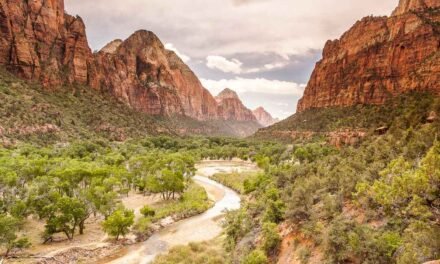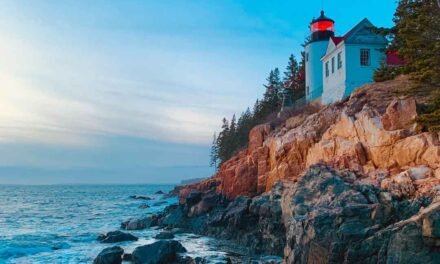Grand Canyon National Park, one of the most iconic and awe-inspiring natural wonders in the world, attracts millions of visitors each year. The park, located in northern Arizona, encompasses over one million acres of land, including the magnificent Grand Canyon itself. The park’s history is as fascinating as its geology, with a rich tapestry of human stories stretching back thousands of years. In this visitor’s guide, we’ll delve into the history of Grand Canyon National Park, exploring its human history, artifacts, settlements, exploration, political discussions, park formation, boundary changes, and infrastructure improvements.
Native American History
Earliest Inhabitants
The Grand Canyon region has been home to indigenous peoples for thousands of years. The earliest inhabitants, known as Paleo-Indians, arrived in the area over 12,000 years ago. They were followed by the Archaic people, who lived in the region from roughly 8,000 to 2,000 years ago. Although these early peoples left few physical traces, their presence is evidenced by projectile points and other artifacts discovered within the park.
Ancestral Puebloans and Cohonina
Approximately 2,000 years ago, two distinct cultures emerged in the region: the Ancestral Puebloans, who lived on the eastern side of the Grand Canyon, and the Cohonina, who inhabited the western side. Both cultures built permanent structures and practiced agriculture, leaving behind a rich archaeological record that includes pottery, tools, and petroglyphs.
Hopi, Zuni, Navajo, and Hualapai Tribes
Over time, the Ancestral Puebloans and Cohonina gave rise to the modern-day tribes of the Hopi, Zuni, Navajo, and Hualapai. These tribes have deep cultural and spiritual connections to the Grand Canyon and continue to maintain their traditional practices and beliefs within the park. They view the Grand Canyon as a sacred landscape, and their stories and legends are intricately intertwined with the canyon’s geological features.
Historical Artifacts and Discoveries
Prehistoric Artifacts
Grand Canyon National Park is rich in archaeological evidence of its prehistoric inhabitants. Numerous sites within the park have yielded a wealth of artifacts, including stone tools, pottery, and petroglyphs. These discoveries offer valuable insights into the lives and cultures of the ancient peoples who called the canyon home.
Historic Structures and Artifacts
As European and American settlers arrived in the Grand Canyon region in the 19th and early 20th centuries, they built homes, mines, and other structures to support their communities. Many of these historic structures, such as the Kolb Studio and the Buckey O’Neill Cabin, can still be seen within the park today. Artifacts from the 19th and early 20th centuries, including mining equipment, photographs, and documents, can be found in the park’s museums and archives.
Settlement and Exploration
Spanish Exploration
The first recorded European exploration of the Grand Canyon occurred in 1540 when a group of Spanish conquistadors led by García López de Cárdenas visited the area. Although their visit was brief, the Spanish explorers provided the first written account of the canyon’s immense scale and beauty.
American Exploration
American explorers began to venture into the Grand Canyon region in the early 19th century, with fur trappers, prospectors, and surveyors among the first to arrive. In 1869, John Wesley Powell, a one-armed Civil War veteran, embarked on a daring expedition down the Colorado River, becoming the first European-American to navigate the entire length of the Grand Canyon. Powell’s journey generated widespread interest in the canyon and contributed to its growing reputation as a natural wonder.
Political Discussions and Park Formation
Early Preservation Efforts
In the late 19th and early 20th centuries, as appreciation for the Grand Canyon’s unique geology and natural beauty grew, so too did calls for its protection. Conservationists, politicians, and local residents campaigned for the creation of a national park to preserve the canyon for future generations. Their efforts laid the groundwork for the eventual establishment of Grand Canyon National Park.
Formation of Grand Canyon National Park
On January 11, 1908, President Theodore Roosevelt declared the Grand Canyon a national monument, recognizing its geological significance and natural beauty. It was not until February 26, 1919, however, that President Woodrow Wilson signed legislation creating Grand Canyon National Park. The establishment of the park ensured the permanent protection of the canyon and its unique resources for generations to come.
Changes to Park Boundaries
Since its establishment, the boundaries of Grand Canyon National Park have been adjusted several times to accommodate new land acquisitions, protect additional areas of cultural and ecological significance, and better manage the park’s resources. In 1975, the park was expanded with the addition of the former Grand Canyon-Parashant National Monument, which added over 1.2 million acres to the park. This expansion helped protect the park’s scenic vistas, cultural sites, and diverse ecosystems.
Infrastructure Improvements
Early Development
In the early decades of the park’s history, infrastructure improvements were focused on making the Grand Canyon more accessible to visitors. Roads, trails, and visitor facilities were constructed to accommodate the growing number of tourists, while also protecting the park’s natural and cultural resources. Early projects included the construction of the South Rim’s El Tovar Hotel and the development of the North Rim’s Kaibab Trail.
Modern Improvements
As visitation to Grand Canyon National Park has continued to grow, the park has made significant investments in infrastructure improvements to better accommodate visitors and protect its resources. Recent projects have included the expansion and renovation of visitor centers, the construction of new trails and overlooks, and the ongoing maintenance and restoration of historic structures within the park.
Environmental Considerations
Grand Canyon National Park is committed to environmental sustainability and has implemented numerous initiatives to minimize its impact on the surrounding ecosystem. These efforts include the use of renewable energy sources, waste reduction and recycling programs, and the promotion of eco-friendly visitor practices. Through these efforts, the park strives to balance the needs of its visitors with the preservation of its precious natural and cultural resources.
In conclusion, the history of Grand Canyon National Park is a rich and captivating tapestry of human stories, cultural heritage, and breathtaking natural beauty. As we explore and appreciate the park’s unique features, we are reminded of our responsibility to safeguard this national treasure for future generations. By understanding the park’s history, we can gain a deeper appreciation for the people who have called this land home, the challenges they faced, and the ongoing efforts to protect and preserve the Grand Canyon for all who visit.



